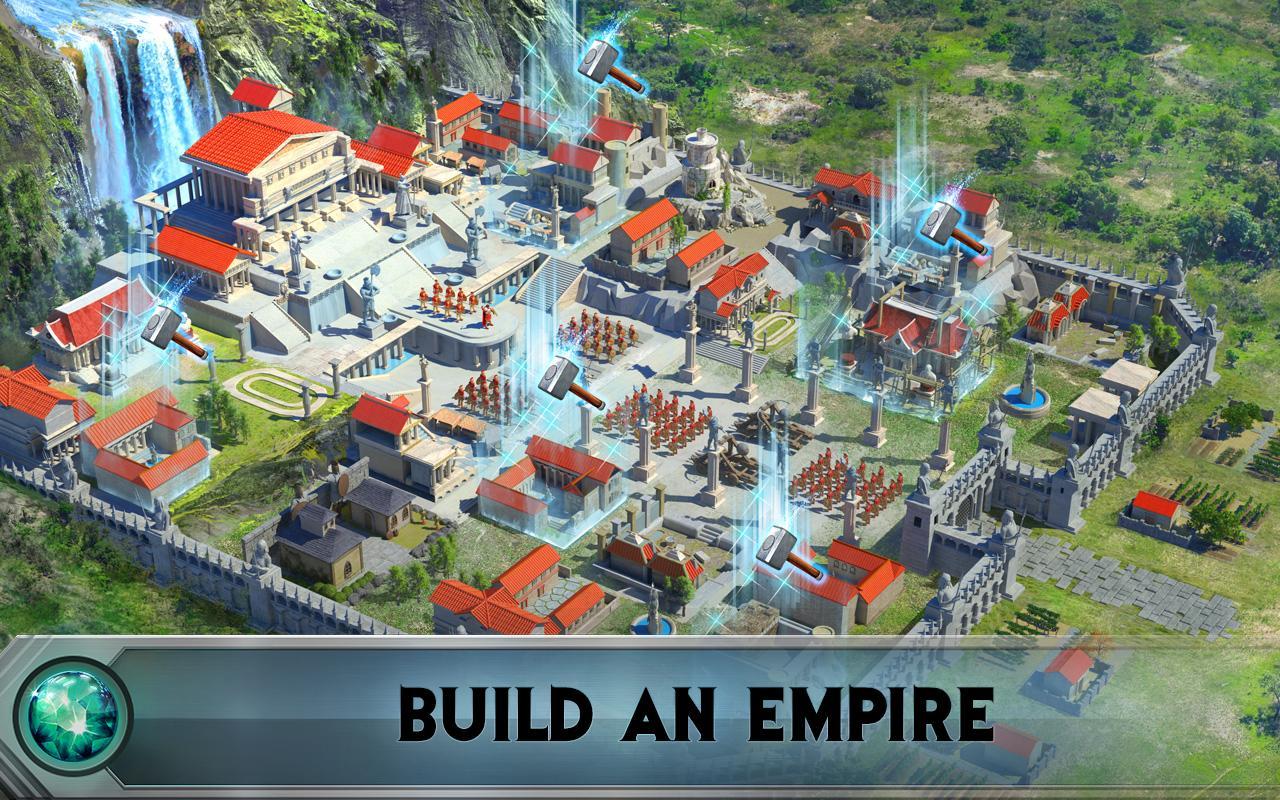

Contents copyright© and trademark ™ 2001-2005 Privateer Press, Inc. The Privateer Press logo, the Iron Kingdoms logo, and Iron Kingdoms, Full-Metal Fantasy are copyright© and trademark 2001-2005, Privateer Press, Inc. Several uses may be combined, as in a white phosphorous grenade that has smoke, incendiary, and antipersonnel effects.Any resemblance to actual people, organizations, places, or events is purely coincidental. The latter are used by police for riot and crowd control. This class comprises smoke, incendiary (fire-setting), illuminating, chemical-warfare, and tear-gas grenades. Explosive hand grenades are used for attacking the personnel in foxholes, trenches, bunkers, pillboxes, or other fortified positions and in street fighting.Īnother major class is chemical and gas grenades, which usually burn rather than explode. Such grenades usually weigh no more than 2 pounds (0.9 kg). A common type of explosive grenade is the fragmentation grenade, whose iron body, or case, is designed to break into small, lethal, fast-moving fragments once the TNT core explodes. Such grenades have a fuse that detonates the explosive either on impact or after a brief (usually four-second) time delay that is long enough for the grenade to be accurately thrown but is too brief for enemy soldiers to toss the grenade back once it has landed among them. The grenades most commonly used in wartime are explosive grenades, which usually consist of a core of TNT or some other high explosive encased in an iron jacket or container. More than 50,000,000 fragmentation grenades alone were manufactured by the United States for use in World War II. The grenade’s effectiveness in attacking enemy positions during the trench warfare of World War I led to its becoming a standard part of the combat infantryman’s equipment, which it has continued to be. Grenades did not come back into use on an important scale until the Russo-Japanese War (1904–05). After about 1750, grenades were virtually abandoned because the range and accuracy of firearms had increased, lessening the opportunities for close combat. They eventually became so important that specially selected soldiers in 17th-century European armies were trained as grenade throwers, or grenadiers ( see grenadier). Grenades came into use around the 15th century and were found to be particularly effective when exploded among enemy troops in the ditch of a fortress during an assault. The word grenade probably derived from the French word for pomegranate, because the bulbous shapes of early grenades resembled that fruit. Grenade, small explosive, chemical, or gas bomb that is used at short range. SpaceNext50 Britannica presents SpaceNext50, From the race to the Moon to space stewardship, we explore a wide range of subjects that feed our curiosity about space!.Learn about the major environmental problems facing our planet and what can be done about them! Saving Earth Britannica Presents Earth’s To-Do List for the 21st Century.Britannica Beyond We’ve created a new place where questions are at the center of learning.100 Women Britannica celebrates the centennial of the Nineteenth Amendment, highlighting suffragists and history-making politicians.
Shards of war quick flame new feature how to#
COVID-19 Portal While this global health crisis continues to evolve, it can be useful to look to past pandemics to better understand how to respond today.Student Portal Britannica is the ultimate student resource for key school subjects like history, government, literature, and more.This Time in History In these videos, find out what happened this month (or any month!) in history.#WTFact Videos In #WTFact Britannica shares some of the most bizarre facts we can find.Demystified Videos In Demystified, Britannica has all the answers to your burning questions.Britannica Explains In these videos, Britannica explains a variety of topics and answers frequently asked questions.Britannica Classics Check out these retro videos from Encyclopedia Britannica’s archives.


 0 kommentar(er)
0 kommentar(er)
